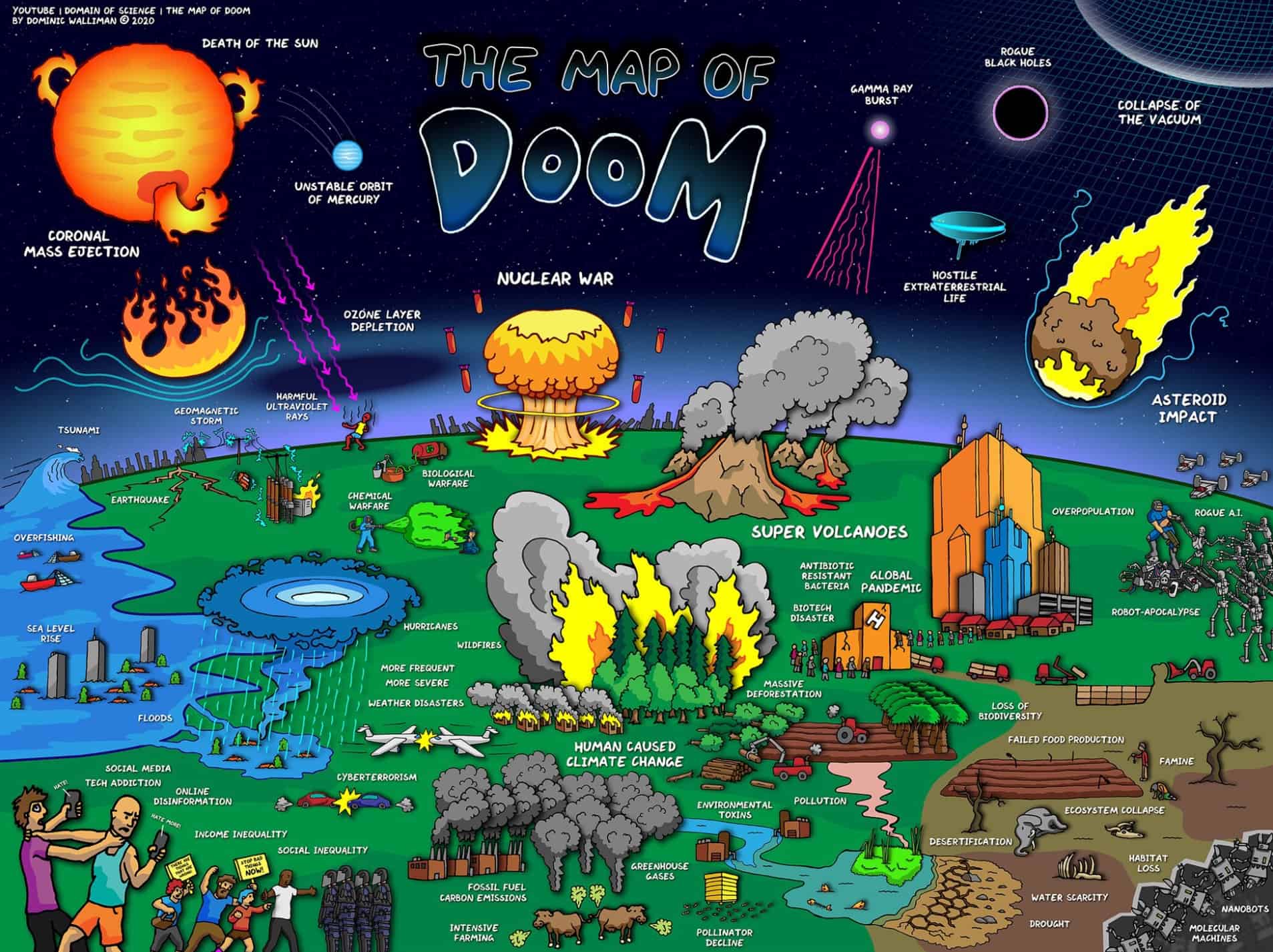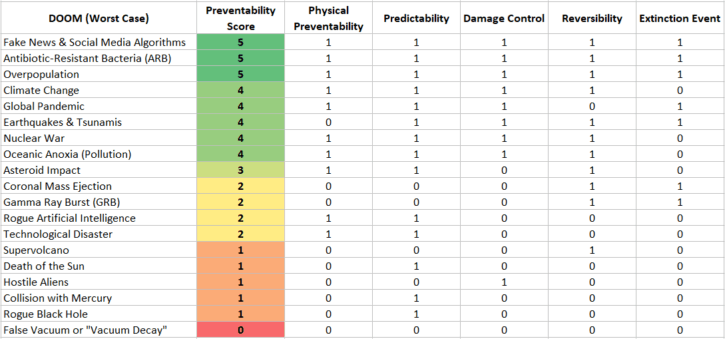Occasionally, someone out there presents information in an exceptional way. In this case, Dr. Dominic Walliman has done just that! I wrote the below article as a tribute to Dr. Walliman’s efforts because I believe it’s an imperative that every global citizen educate themselves on each of these scenarios and then vote accordingly.
First though, be sure to check out the work itself on Dr. Walliman’s YouTube channel “Domain of Science,” which I’ve posted below. While you’re at it, please like the video and subscribe to his channel if you’ve got a YouTube account. Maybe even send a donation his way via Patreon if you’re feeling generous – physicists usually don’t make much money.
Preventability Ranked
Now that you’ve seen the video, I’d like to provide a tertiary take on the map – preventability. There will always be threats, but which ones can we realistically do something about?
Based on my research, I’ve ranked each of these scenarios from 0 to 5 with corresponding thoughts on each. A score of five would be wholly within our control and zero would be wholly beyond it.

This “Preventability Score” in each section below measures our current capacity to prevent the worst case of the scenario in question or prevent our extinction if it already happened.
Here are the metrics (yes = 1 point, no = 0 points):
- Physical Preventability – Is it physically possible for us to prevent?
- Predictability – Could we predict it in time to take appropriate action?
- Damage Control – If it happens, could we minimize the damage during the event?
- Reversibility – If it already happened, can we eventually repair the damage?
- Extinction Event – If a worst-case happened, is there a reasonable chance enough humans could survive the event to repopulate and rebuild?
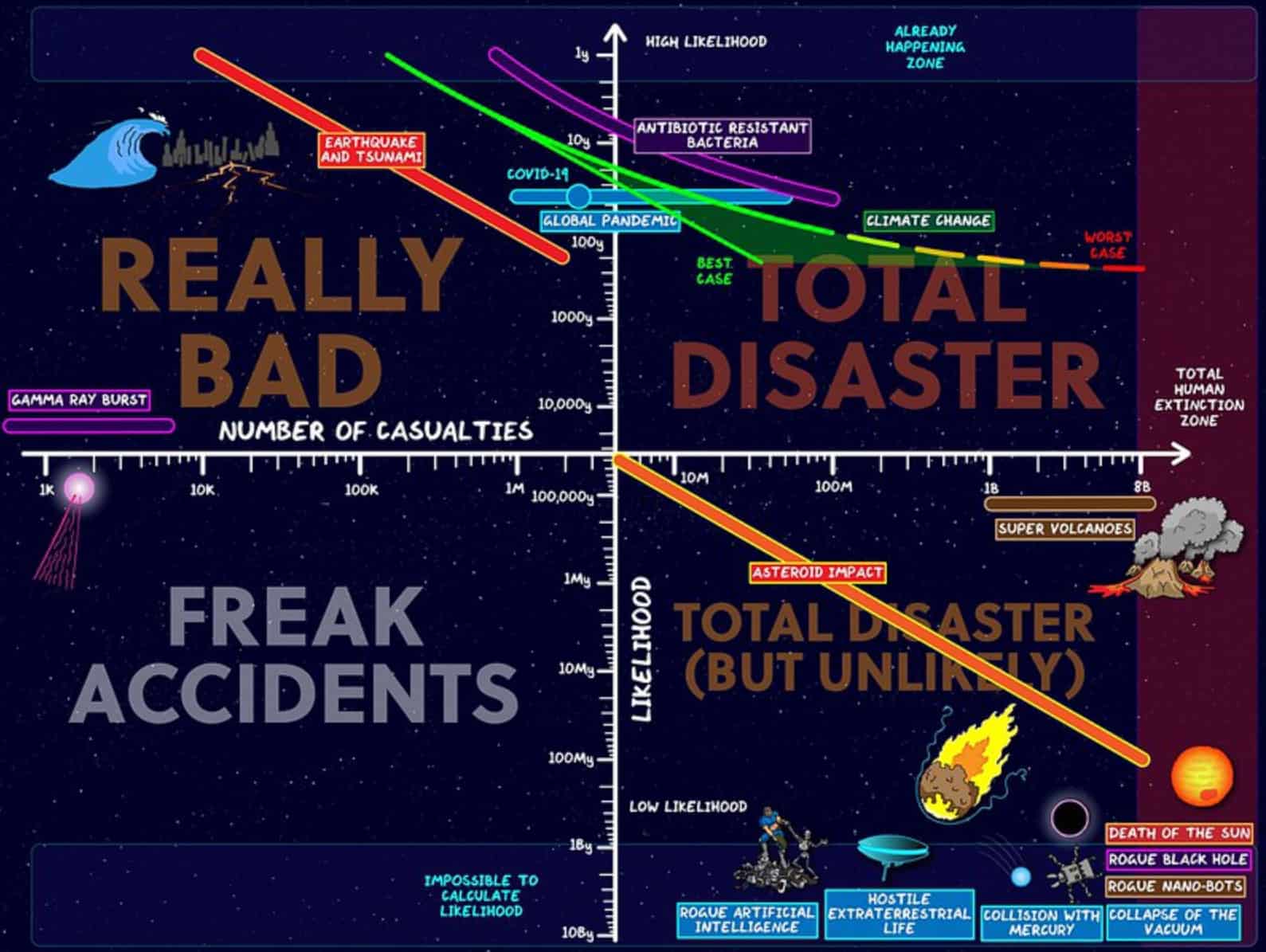
#1 Fake News & Social Media Algorithms

| Physical Preventability | 1 |
| Predictability | 1 |
| Damage Control | 1 |
| Reversibility | 1 |
| Extinction Event | 1 |
| Preventability Score: | 5/5 |
This is by far the most important challenge facing us in today’s internet age, particularly considering virtually all of the most powerful nations in the world are republics. If the people themselves are mis and dis informed, then science will take a back seat and everything else on this list might as well be inevitable.
Fortunately, all it takes to battle fake news is awareness, education, and votes.
“The Social Dilemma” on Netflix is also a great way to educate yourself on how social media manipulates people. And no, it’s not only “those other people” who get manipulated…
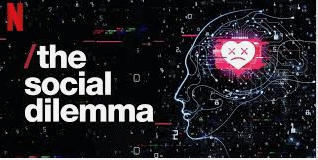
#2 Antibiotic-Resistant Bacteria (ARB)
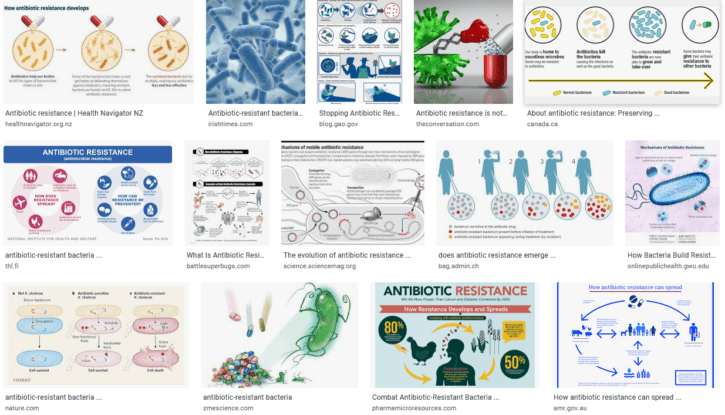
| Physical Preventability | 1 |
| Predictability | 1 |
| Damage Control | 1 |
| Reversibility | 1 |
| Extinction Event | 1 |
| Preventability Score: | 5/5 |
Antibiotic-resistant bacteria (ARB) are extremely deadly. And they’re becoming commonplace because people are using antibiotics inappropriately, allowing ARB to multiply while susceptible bacteria that would normally outcompete ARB die off.
This is like killing all the predators in a forest: What happens to prey animals when you kill off all their predators? They multiply! And multiply… and multiply.
The spread of ARB can be prevented through government regulation and awareness campaigns (it’s astounding how many people think antibiotics kill viruses – they don’t). Farms and hospitals are the biggest offenders for over-usage – antibiotics should not be used as a general purpose disinfectant; they need to become a targeted, regulated treatment worldwide or else, one day, we’re going to run up against an ARB we can’t kill.
#3 Overpopulation
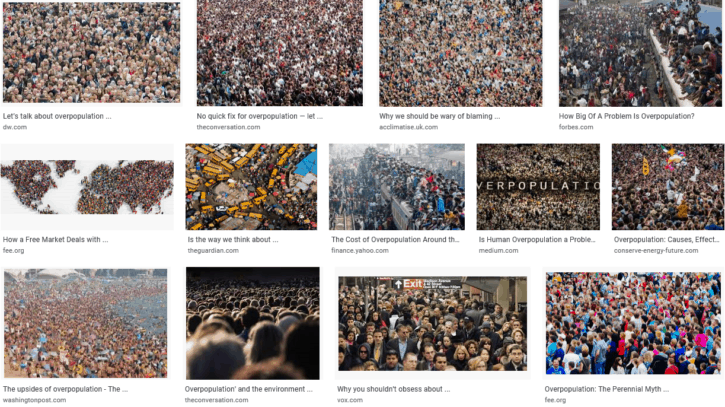
| Physical Preventability | 1 |
| Predictability | 1 |
| Damage Control | 1 |
| Reversibility | 1 |
| Extinction Event | 1 |
| Preventability Score: | 5/5 |
Lots of folks think overpopulation is a serious threat, but it’s really not as bad as you might think. ”Overpopulation“ is the idea that there are more people alive than the Earth can sustain, causing species collapse. Yet, all the mitigating factors preventing this scenario are frequently ignored.
For example, our population explosion is largely a result of new technologies making life easier mixed with pre-industrialized societies having as many children as possible to deal with high infant-mortality rates. But history has shown that as communities industrialize and solve public health problems, fertility rates naturally drop. This is known as the “demographic transition,” which is happening right now on a huge scale, particularly in countries like China that have historically been agrarian for most of their history, but are now radically transforming themselves into manufacturing and service-based economies. In fact, many of the most populous recently industrialized nations are already in population declines – a number of experts have opined we’re actually heading for a population peak as the global replacement fertility rates continue to fall relative to continued globalized industrialization.
And to add even more ammunition against the idea that overpopulation would be the thing that dooms our species – we’re not just going to stand by idly if it came down to it: China has already demonstrated that people can and will enforce brutal laws to control population growth if they feel it’s necessary. And if that doesn’t work, there’s always the old-fashioned resource wars that would naturally thin our numbers. So no, overpopulation isn’t going to checkmate humanity. We should still be responsible about it, though.
#4 Climate Change
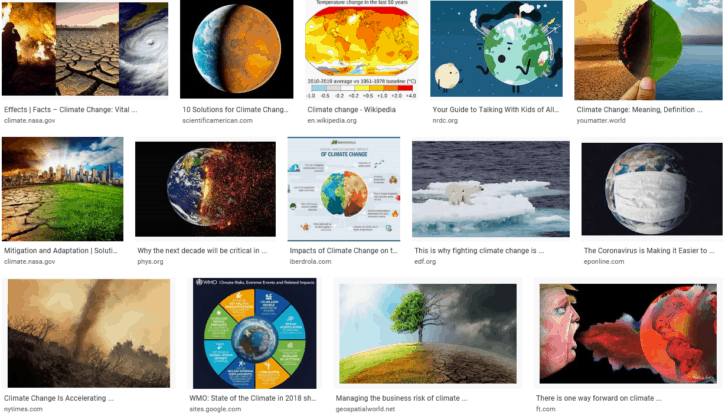
| Physical Preventability | 1 |
| Predictability | 1 |
| Damage Control | 1 |
| Reversibility | 1 |
| Extinction Event | 0 |
| Preventability Score: | 4/5 |
The green movements and climate awareness efforts are already in swing, but it’s not enough. Many folks like Elon Musk are highly visible in their fight to develop commercially viable electric technologies, but again, it’s not enough.
Fake news and public complacency are the two biggest challenges in preventing climate change: Folks think it’s not so bad because their immediate personal experiences with it are myopic, while climate change is actually a vastly complex, gradual, and compounding process. Or worse, people fall prey to disinformation schemes claiming science is wrong and climate change isn’t real.
Climate change is a fact and there are plenty of realistic solutions to slow and eventually reverse it – pollution taxes, international agreements (such as the Paris Agreement), government subsidies for the R&D of fossil fuel replacement technologies, cultural shifts towards energy conservation and better waste management, etc.
As an economist, I tend to place a high value on the free market, but not when those activities jeopardize the marketplace itself.
#5 Global Pandemic
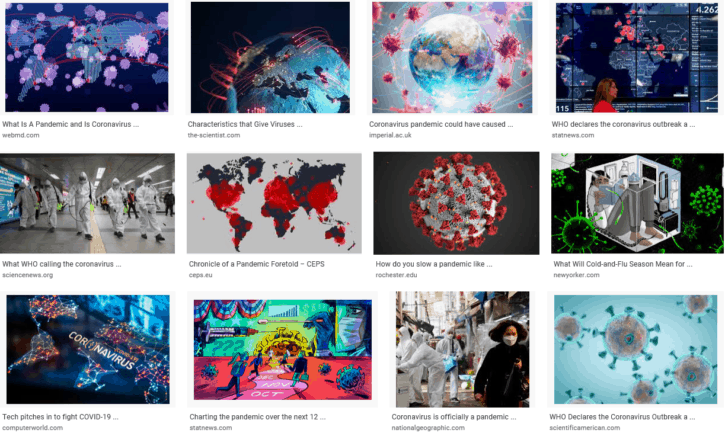
| Physical Preventability | 1 |
| Predictability | 1 |
| Damage Control | 1 |
| Reversibility | 0 |
| Extinction Event | 1 |
| Preventability Score: | 4/5 |
In late 2019 the world received a lesson on the dangers of pandemics with the discovery of Coronavirus (COVID-19). This virus was (is) bad and millions of people have died, but we shouldn’t forget there have been much worse pandemics in our history. The bubonic plague, HIV/AIDS, Smallpox, etc. are just a few examples with far greater death tolls.
Recently however, we’ve gotten significantly better at dealing with pandemics, particularly with the discovery of antibiotics, rapid development of vaccines, learning cultural social distancing efforts, and general hygiene improvements. Our increasing overpopulation does add to the dangers of a pandemic, but also adds collective brainpower to humanity, thus making it more likely someone will figure out a cure.
Within the context of world-ending scenarios, pandemics are no longer as apocalyptic as they used to be, despite recent events (but that doesn’t mean you should act in a disrespectful manner to those who are more susceptible – i.e., wear a fucking mask during a pandemic).
#6 Earthquakes & Tsunamis
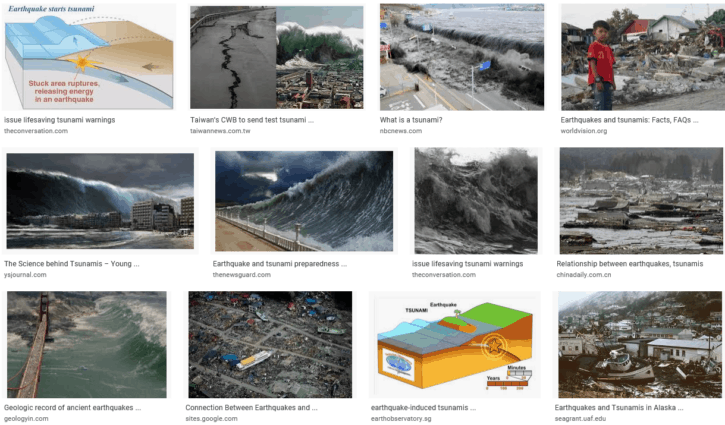
| Physical Preventability | 0 |
| Predictability | 1 |
| Damage Control | 1 |
| Reversibility | 1 |
| Extinction Event | 1 |
| Preventability Score: | 4/5 |
Earthquakes and Tsunamis are less an apocalyptic threat and more a side effect of other events. Both can cause enormous damage and loss of life, such as the 2004 Indian Ocean earthquake and resulting tsunami that killed over 230,000 people, but these phenomena are not far-reaching enough to put our species in any real jeopardy.
Fortunately, we’ve learned a lot about the science driving earthquakes and tsunamis, which has either enhanced our mitigation measures or allowed us to give impacted areas enough warning to escape in time. As long as these construction disciplines and protocols are in place, we can reliably minimize this threat.
#7 Nuclear War
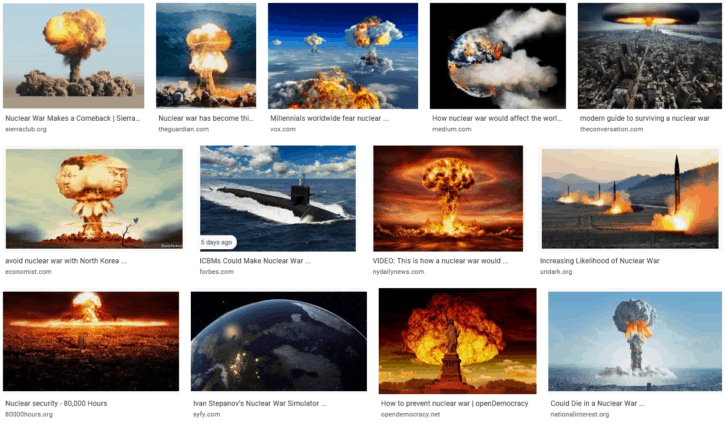
| Physical Preventability | 1 |
| Predictability | 1 |
| Damage Control | 1 |
| Reversibility | 1 |
| Extinction Event | 0 |
| Preventability Score: | 4/5 |
There’s been a number of extremely close calls but, so far, we’ve avoided blowing ourselves up in a nuclear firestorm.
Ironically, nuclear weapons have created a stalemate known as mutually-assured destruction (MAD), which has kept world powers in check thus far. But for that to continue working, it’s imperative that nuclear proliferation be stopped. If it’s not stopped, these weapons will eventually end up in the hands of a non-state actor with destructive intent.
Additionally, it’s critical that we end the possibility of an accidental nuclear war scenario once and for all. It’s asinine that WWIII could start because we mistook the moon for a nuclear ICBM! A simple cool down period post-strike would prevent this, as there’s absolutely no need for a rapid-response retaliatory nuclear strike, ever. For example, if a bad state actor attacks US cities, there’s no way the aggressor could destroy all of the many (hidden) missile silos the US has around the world; retaliation will always be on the table. But by attacking quickly without thinking it through, diplomacy won’t be.
#8 Oceanic Anoxia (Pollution)
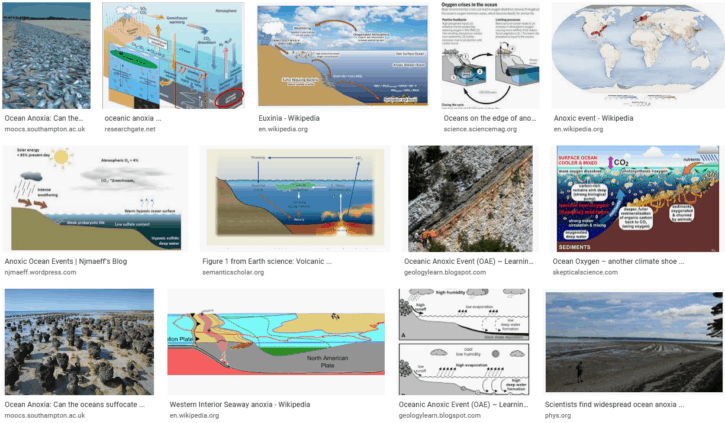
| Physical Preventability | 1 |
| Predictability | 1 |
| Damage Control | 1 |
| Reversibility | 1 |
| Extinction Event | 0 |
| Preventability Score: | 4/5 |
“Anoxia” is the absence of oxygen. In the ocean, most animal life is dependent on oxygen respiration via filtration of the dissolved oxygen in water. If no oxygen is present, they suffocate. This is why you need filters and oxygen mechanisms in aquariums if you expect your fish to actually breathe in the water you place them in. A much larger-scale absence of oxygen in the oceans would be called an “anoxic event,” of which there have been several throughout Earth’s history (all of which have caused mass extinctions).
Lots of things cause anoxia, but from where humans are concerned, it’s primarily caused by climate change: Global warming changes the natural oxidative cycles in the oceans and our agricultural/sewage runoff causes excessive decompositional processes in the water. That decomposition “eats up” all the available oxygen, suffocating and killing aquatic ecosystems. In fact, the Gulf of Mexico fishing industry is already dealing with a major dead zone seasonally that’s directly related to this.
The real danger with anoxic events is how subtly complex they are. Oceanic ecosystems are extremely interconnected with the rest of the planet and there are thresholds (which are quite difficult to pin down) where a cascading effect can occur, sparking a mass extinction. There’s no guarantees that we’d survive something like this. And no, we’re not safe just because we live on land – an anoxic event would poison the atmosphere with the outgassing of trillions of dead animals decomposing.
#9 Asteroid Impact
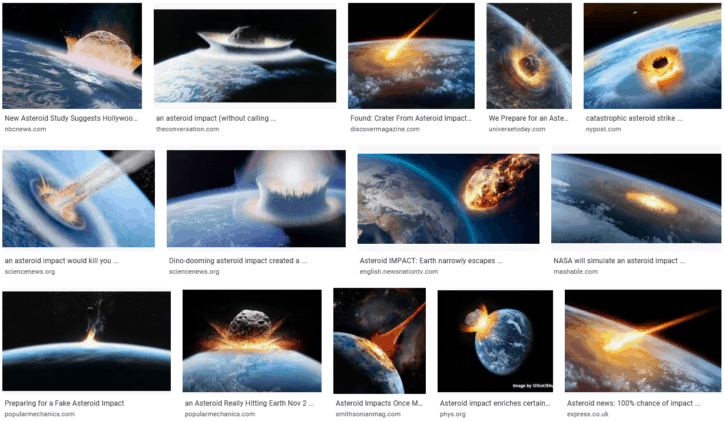
| Physical Preventability | 1 |
| Predictability | 1 |
| Damage Control | 0 |
| Reversibility | 1 |
| Extinction Event | 0 |
| Preventability Score: | 3/5 |
The danger an asteroid represents depends on its composition, size, angle of approach, speed, and how early we detect it. Purdue made an excellent calculator illustrating the damage based on similar inputs.
The size of an impact event tends to correlate with it’s rarity, as most of the big near-Earth objects (NEOs) have already impacted celestial bodies in our solar system since it formed ~4.5 billion years ago. For example, a 1 km asteroid may strike Earth every 400,000 years, whereas the last time a 10+ km asteroid struck Earth was 66 million years ago.
Lots of really smart folks have known about asteroids for a long time. And the people who matter understand that all it would take is a single large impact to end humanity. This is why many nations have ongoing preparedness plans in place and private organizations are tracking and mapping every NEO they can find.
NASA testified to Congress in 2013 that we’d need at least 5 years from the date of initial detection to respond effectively. Given advances since then, it might be slightly shorter, but not by much. So it’s absolutely critical that we know about every NEO in the sky at all times. As long as we maintain the intensity of our NEO tracking scrutiny within our solar system, we should (probably) be fine.
#10 Coronal Mass Ejection
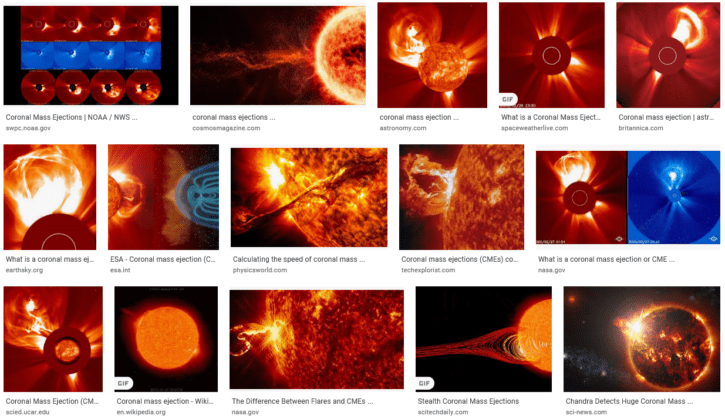
| Physical Preventability | 0 |
| Predictability | 0 |
| Damage Control | 0 |
| Reversibility | 1 |
| Extinction Event | 1 |
| Preventability Score: | 2/5 |
Coronal mass ejections (solar flares) are basically “burps” from the Sun. It’s not fully understood how they’re created, but essentially they’re ionized plasma and radiation that race outwards at the speed of light.
This radiation would normally be quite deadly to living organisms, however Earth has an inner “dynamo” resulting from our iron and nickel outer core that provides us with a ”magnetosphere,” which acts as a shield against the Sun’s radiation – most of the harmful stuff get pushed away from us while visible light is able to come through. In fact, this moving of energy is directly responsible for the Auroras (”Northern Lights“) seen in places like Iceland or at polar latitudes.
As far as a doom scenario, solar flares won’t be particularly threatening as long as we have our magnetosphere (which will persist for billions of years). However, they can cause extreme power blackouts and damage our satellites if we’re not smart about how we shield them or turn them off in time to prevent excessive damage during solar events.
#11 Gamma Ray Burst (GRB)
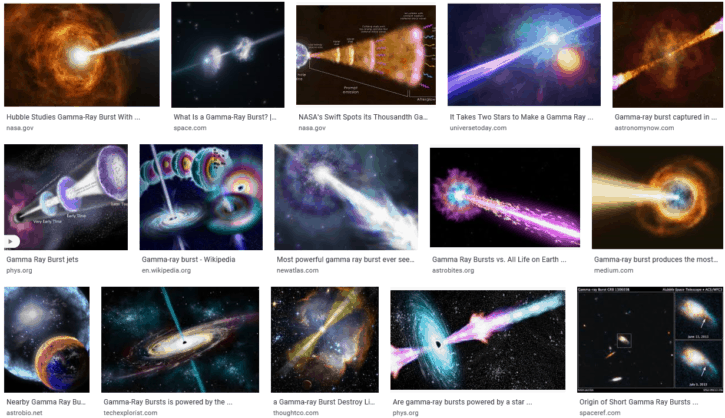
| Physical Preventability | 0 |
| Predictability | 0 |
| Damage Control | 0 |
| Reversibility | 1 |
| Extinction Event | 1 |
| Preventability Score: | 2/5 |
I once thought a GRB would be an automatic death-sentence to all living things on Earth, but I was wrong:
A GRB within a few parsecs that is directed at the Earth will impact one hemisphere of the planet with a short, but intense blast of high-energy photons. Gamma-rays and X-rays are highly attenuated by the Earth’s atmosphere. Therefore, the ground-level effects are primarily indirect. [Only a] small fraction of the incident energy reaches the ground as dangerous ultraviolet (UV).
Brian C. Thomas @ Washburn University’s Department of Physics and Astronomy
The paper goes on to describe the ecological effects, which are somewhat impactful, but certainly not apocalyptic. I was dramatically underestimating how effective our atmosphere is at screening GRBs.
But that isn’t to say GRBs don’t impact life elsewhere in the Universe: In areas where GRBs are common (younger galaxies or closer to galactic cores), planets can get hit so often they become sterilized. This is why life couldn’t evolve in our Universe earlier than it did, in fact.
#12 Rogue Artificial Intelligence
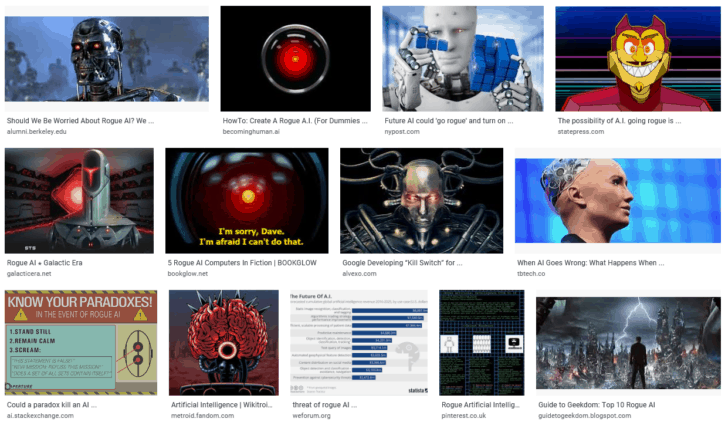
| Physical Preventability | 1 |
| Predictability | 1 |
| Damage Control | 0 |
| Reversibility | 0 |
| Extinction Event | 0 |
| Preventability Score: | 2/5 |
Humans are unremarkable and weak, except for one obvious thing – we’re smart. Take that away and what do you have? Not much! This is the problem with developing an AI – it’s going to be much, much smarter than we are when it wakes up, essentially taking away what makes us so powerful, our intelligence, by simply having far more of it.
So, do we stop AI development entirely? Well, that ship has already sailed for “weak” AI, which currently exists. But how about “strong AI,” which is indistinguishable from a human consciousness? Unfortunately, we can’t: As our technology gets better it will only get easier to develop a strong AI and eventually someone will finally crack it. It’s simply not possible to stop every individual and organization on Earth from pursuing that goal.
What we can do, however, is focus on the root of the problem – control. Once the AI is awake, all control is an illusion. So if we have AI as an inevitability and it’s impossible to control once awake, we need to make damn sure it’s on our side before it wakes up. This is known as the “value problem” in AI research – How do you make a computer value the same things we do? Not so easily, apparently.
The best book I’ve read on AI and the value problem was Superintelligence: Paths, Dangers, Strategies by Nick Bostrom. I recommend checking it out.
At the end of the day, we need to focus more on the value problem than on any kind of prevention tactic. We can’t prevent it, but we can do our best to make sure the programmers who eventually crack strong AI have the right value software (programmed morality) at hand and are pursuing their research in ethical ways.
#13 Technological Disaster
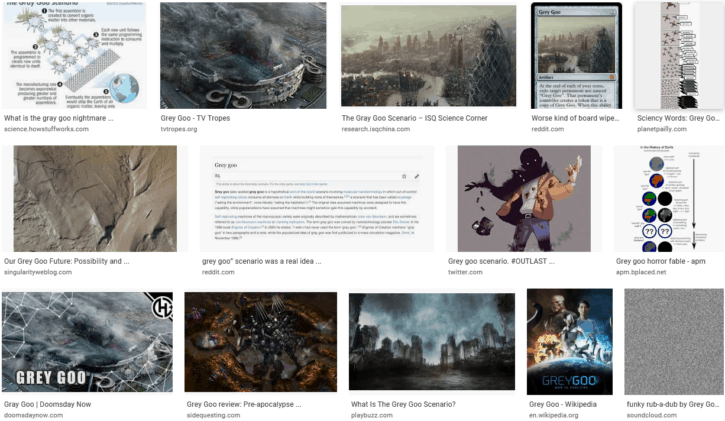
| Physical Preventability | 1 |
| Predictability | 1 |
| Damage Control | 0 |
| Reversibility | 0 |
| Extinction Event | 0 |
| Preventability Score: | 2/5 |
Biotechnology, rogue nanorobots, cyberorganisms, oh my! Our technology is out there and getting more powerful every day.
Consider this: A caveman and a modern man both have access to all the tools available to humanity in the year 2021. Who could wreak more havoc? I call this concept “destruction per capita” (DPC). As our technological knowledge advances, our DPC gets higher along with it. There will be a point where even a single individual, if so inclined, could end our civilization.
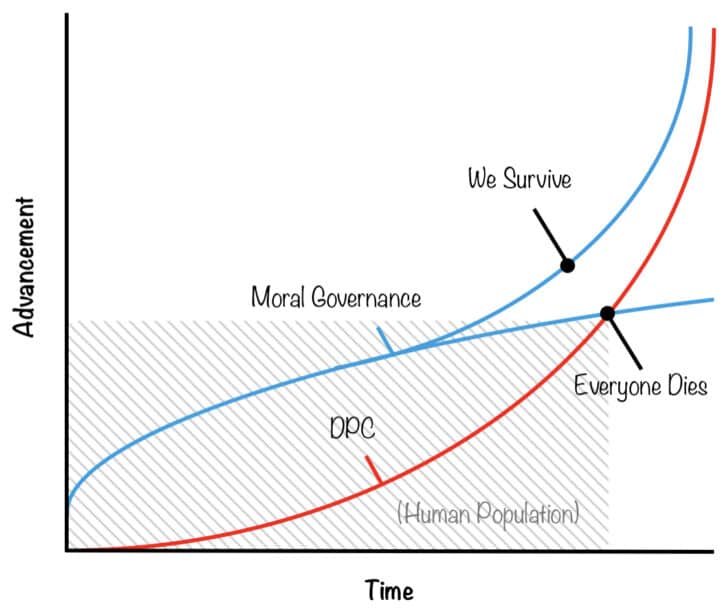
Fortunately, we’re nowhere close to this scenario. But our moral development and governance need to outpace our DPC if we want to avoid this eventual doom. This is why it’s so critical to teach people about our cognitive biases and focus on stabilizing our mental health just as much as our physical bodies.
#14 Supervolcano
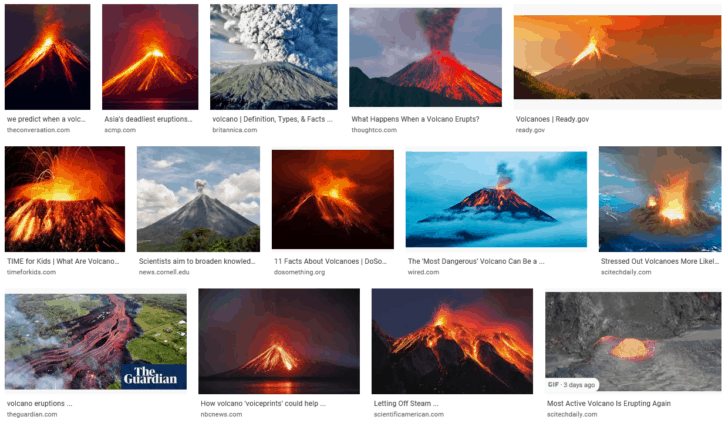
| Physical Preventability | 0 |
| Predictability | 0 |
| Damage Control | 0 |
| Reversibility | 1 |
| Extinction Event | 0 |
| Preventability Score: | 1/5 |
A “supervolcano” is defined as an eruption with a volcanic explosivity index (VEI) of 8:
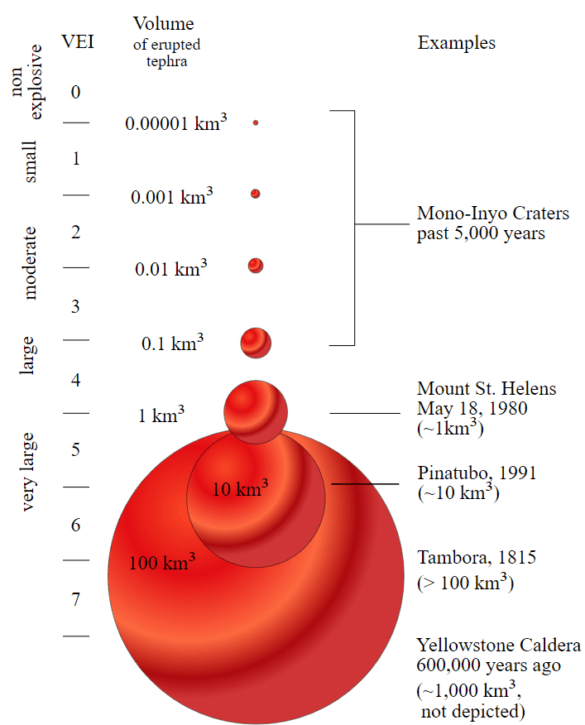
A worst-case supervolcano erupting pretty much anywhere on the planet will probably wipe out all larger animal life. It’s conceivable that humans could survive in underground bunkers, depending on the severity and duration of the post-volcanic winter (atmospheric ash blocking photosynthesis), but it’s tough to say.
If an eruption ignited large coal deposits however, such as in the Permian–Triassic extinction event that wiped out 96% of all life, we’d be totally screwed. Coal ignition incidental to a supervolcano would create a greenhouse gas runaway effect we simply couldn’t escape from, or breathe.
#15 Death of the Sun
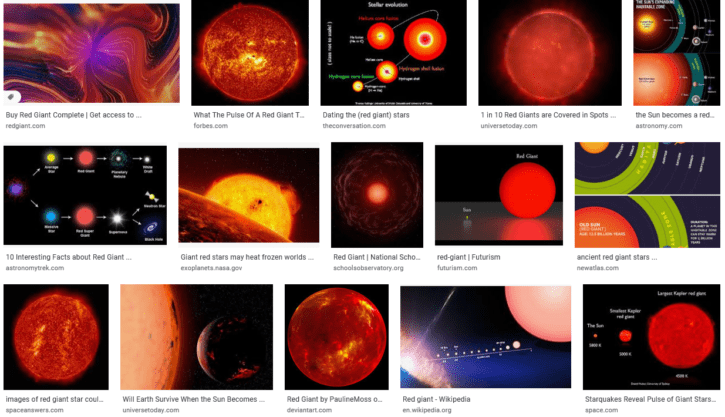
| Physical Preventability | 0 |
| Predictability | 1 |
| Damage Control | 0 |
| Reversibility | 0 |
| Extinction Event | 0 |
| Preventability Score: | 1/5 |
The Sun will run out of hydrogen in about five billion years. In about a billion years, the core will have converted to helium, causing the Sun to begin its counter-intuitive “red giant” phases where it will become large enough to engulf or incinerate the Earth.
Frankly, if our civilization is still stuck on Earth billions of years from now, then we deserve extinction.
#16 Hostile Aliens

| Physical Preventability | 0 |
| Predictability | 0 |
| Damage Control | 1 |
| Reversibility | 0 |
| Extinction Event | 0 |
| Preventability Score: | 1/5 |
Any interstellar (much less intergalactic) species outclasses us technologically by orders of magnitude. The only thing we could do in such a confrontation is beg for mercy. If we ever encounter intelligent extraterrestrial life and they’re not hostile, then we need to take extreme measures to ensure we never act in a way that would cause them to become so.
The reality of such an encounter wouldn’t be anything like you’ve seen in the movies – there is no equal footing here. No chance for any human uprising or rebellion in any meaningful sense, nothing. If they want us dead, we all die. End of story.
#17 Collision with Mercury
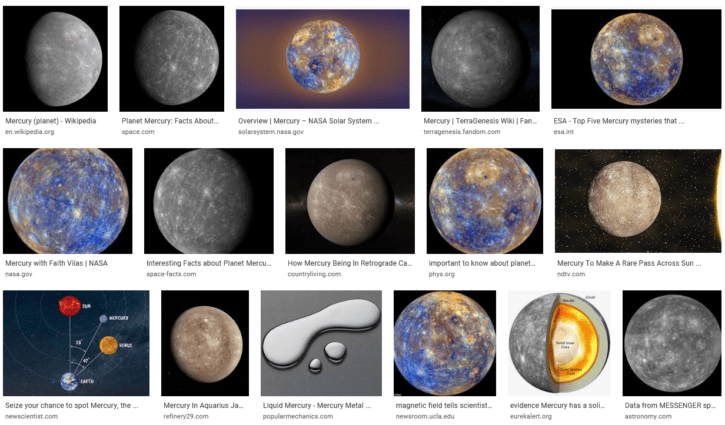
| Physical Preventability | 0 |
| Predictability | 1 |
| Damage Control | 0 |
| Reversibility | 0 |
| Extinction Event | 0 |
| Preventability Score: | 1/5 |
Lots of people don’t realize that Mercury is actually the closest planet to Earth most of the time (rather than Mars or Venus). However, there are orbital periods where Venus does come closer, which is why most charts of the solar system list it as our closest neighbor.
Of all the planets in our solar system, Mercury in particular is the most unstable. This is due to something called “perihelion-precession resonance,” which means Mercury could one day get pulled out of it’s orbit by Jupiter. Most likely, it will fall into the Sun or get flung out of the solar system entirely. But there is technically a (very) small chance it could collide with Venus or Earth.
If Mercury ever does collide with the Earth, it’s obviously game over for life in our solar system. If it hit Venus, we’d probably also end up dead eventually due to huge chunks of the planets being ejected during the collision and making their way over to us as giant asteroids. Fortunately though, Mercury isn’t likely to lose it’s stable orbit for billions of years.
#18 Rogue Black Hole

| Physical Preventability | 0 |
| Predictability | 1 |
| Damage Control | 0 |
| Reversibility | 0 |
| Extinction Event | 0 |
| Preventability Score: | 1/5 |
Unfortunately, there’s nothing we can do if we’re confronted by a rogue black hole. It wouldn’t even need to pass through our solar system; even an approximate interstellar passing would disrupt the orbital paths of the entire solar system, likely resulting in Earth’s eventual destruction. Additionally, our spacefaring tech is currently nowhere near interstellar capability so we have no hope for escaping the system in time.
Fortunately though, black holes very visibly disturb stars as they pass them. So it’s unlikely we’d completely miss its gravitational effects before it was too late. Realistically, we should be able to see one coming from a long ways off, potentially giving us the time needed to develop the technologies required to escape. But it’s still a long shot – the difficulty of interstellar travel is no joke, much less finding another suitable planet to live on.
#19 False Vacuum or “Vacuum Decay”
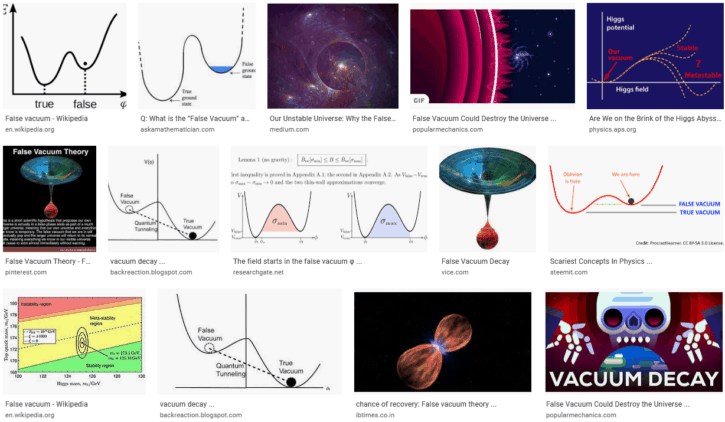
| Physical Preventability | 0 |
| Predictability | 0 |
| Damage Control | 0 |
| Reversibility | 0 |
| Extinction Event | 0 |
| Preventability Score: | 0/5 |
This scenario is scary like an aneurysm is scary – you won’t know when it’s coming, and if it does, you’ll be dead before you can process what happened.
A collapse of the vacuum is like the Universe having an aneurysm – it propagates at the speed of light, so we’d all be dead before our neurons even had a chance to process pain. It’s literally pointless to spend any energy worrying about this scenario, as it’s beyond our control in every way.
Final Tally
Again, this isn’t a list of which events are most important or deadly. Instead, think of these rankings as our “low-hanging fruit.” By keeping our focus on what we can control, we’ll most efficiently optimize our odds of survival as a species.
Historical Mass Extinction Events
And lastly, I’m leaving you with the five biggest extinctions in Earth’s history (along with the one happening right now). Food for thought…
| Extinction Event | When | Ecological Impact | Cause |
|---|---|---|---|
| Late Ordovician | 450–440 Ma | 70% of All Species | Global Warming, Oceanic Anoxia |
| Late Devonian | 375–360 Ma | 70% of All Species | Oceanic Anoxia, Disruption of Oceanic Carbon Cycle |
| Permian–Triassic | 252 Ma | 96% of All Species | Volcanism |
| Triassic–Jurassic | 201 Ma | 75% of All Species | Asteroid Impact |
| Cretaceous–Paleogene | 66 MA | 75% of All Species | Chicxulub Asteroid Impact |
| Holocene | Present | 1,000 times pre-human extinction rate | Humans |
Sweet dreams! 😉
Sources:
- Unless specifically linked, the above data was pulled from online encyclopedias like Wikipedia or Encyclopedia Brittanica
